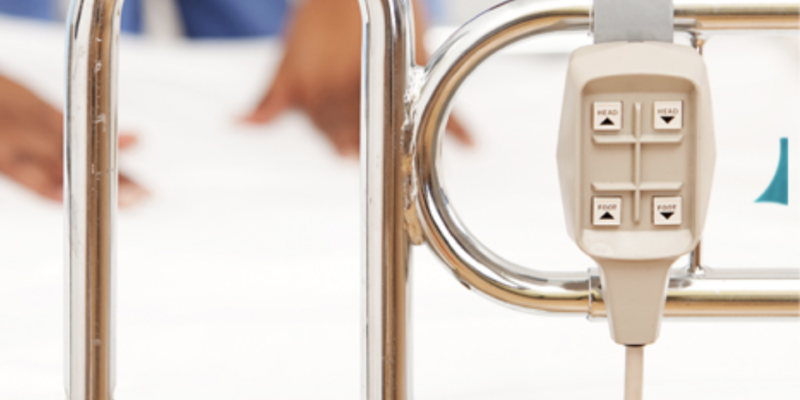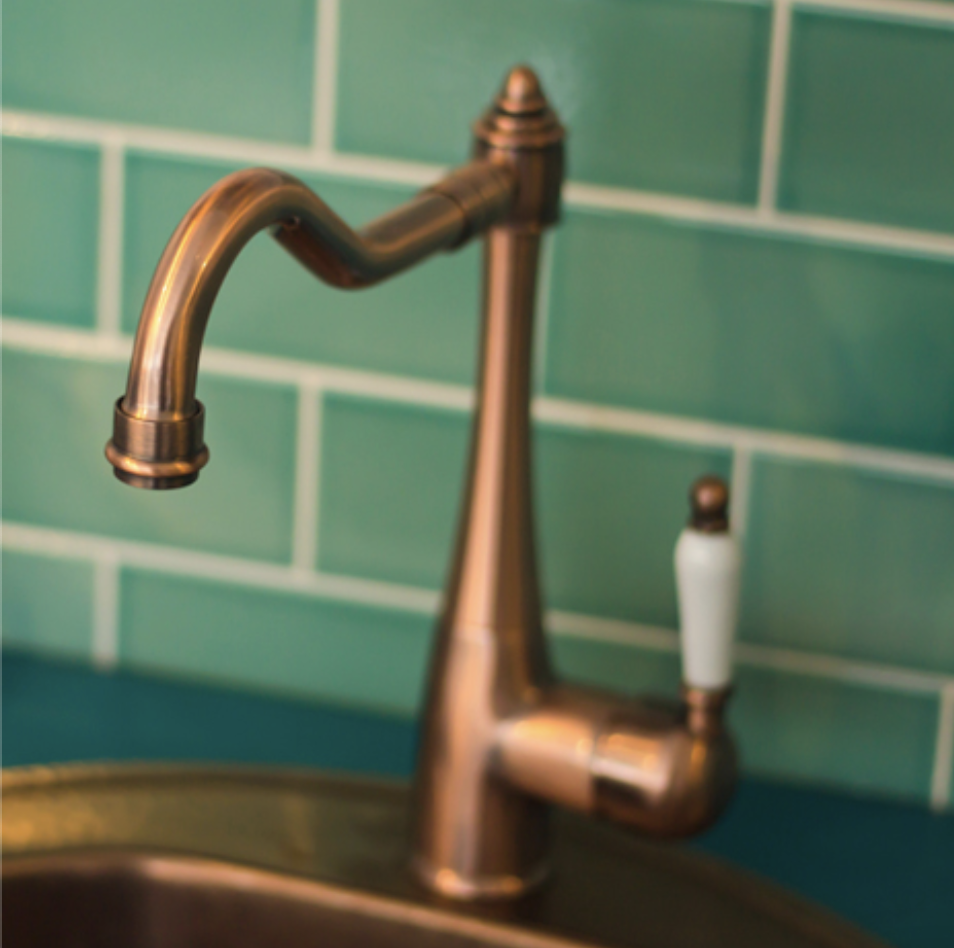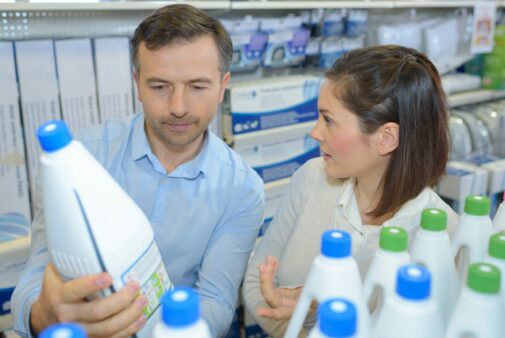Key Points/Overview
Copper is a naturally occurring metal with antimicrobial properties, making it well suited for use in compounds that prevent bacteria and algae growth.
Copper is used in foodservice and healthcare settings, where it serves as a barrier against E. coli and other harmful bacteria. In construction settings, it is commonly used for water pipes, and in compounds that protect wood or roofing material. It can also be used to help prevent disease, rot, and algae in agricultural settings.
All living things, including humans, need copper in their diet for good health, however excess amounts of copper can cause health problems. The EPA and OSHA have guidelines on how to use copper compounds safely and how to limit your exposure.
Uses & Benefits

Antimicrobial Coatings
Electroplate coating uses electrical currents to coat metal, including copper, onto items such as jewelry and silverware. The coating forms a barrier that helps to prevent harmful bacteria, such as E. coli, from forming on the surface. In hospitals and other healthcare settings, these coatings can help to reduce the amount of bacteria on surfaces like keyboards and doorknobs and help reduce the spread of infections.
Copper is commonly used in paints applied to the bottoms of ships and boats to help prevent the buildup of microorganisms that can damage hulls, increase drag and reduce fuel efficiency.

Building and Construction Uses
Copper is corrosion resistant, making it durable and long lasting. Copper tubing in piping systems help inhibit bacteria from forming in the plumbing that supplies water to homes, office buildings and other structures. Roofing granules can incorporate copper to help prevent algae growth. Copper compounds can also help to preserve wood, slowing damage and decay.

Agriculture Uses
On farms, copper sulfate is used as a disinfectant to prevent stored vegetables and crops from rotting and to help protect animals like sheep and cattle from disease. Copper compounds can help control algae in reservoirs and lakes.

Safety Information
According to the U.S. Centers for Disease Control and Prevention (CDC), copper occurs naturally in plants, dirt, rock, animals and water. Trace amounts of copper in the diet is necessary for good health; however, exposure to excess amounts of copper can cause health issues.
When copper is used as an antimicrobial product, meaning it kills or controls microbial growth, those products are regulated by the U.S. Environmental Protection Agency (EPA). Antimicrobial manufacturers must submit extensive safety information to EPA showing the product poses no unreasonable risk to human health or the environment. State regulatory agencies also review and register these products.
Other federal government agencies also develop regulations to protect public health. The U.S. Occupational Safety and Health Administration (OSHA) has set strict limits on copper exposure in industrial settings to protect workers: 0.1 milligrams per cubic meter for copper fumes, and 1.0 milligram per cubic meter for copper dusts and mists during an 8-hour shift.


